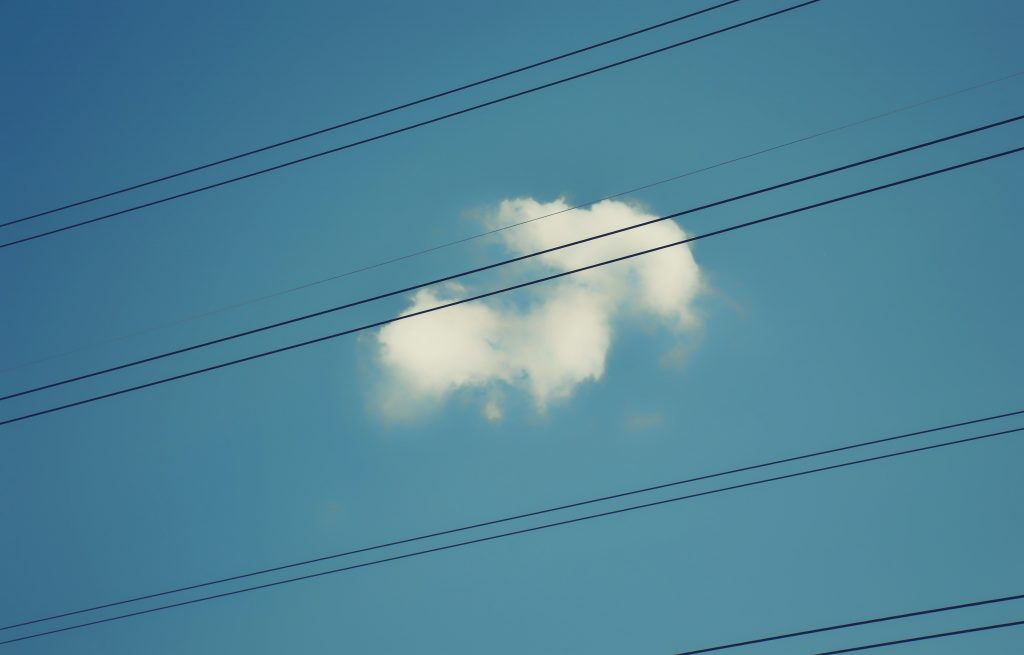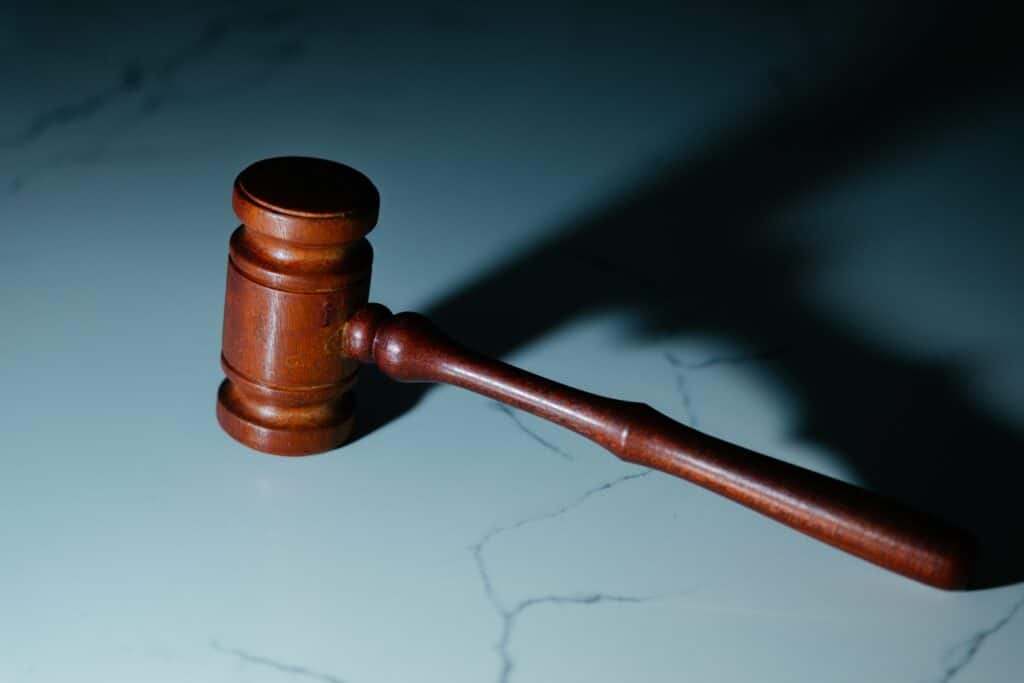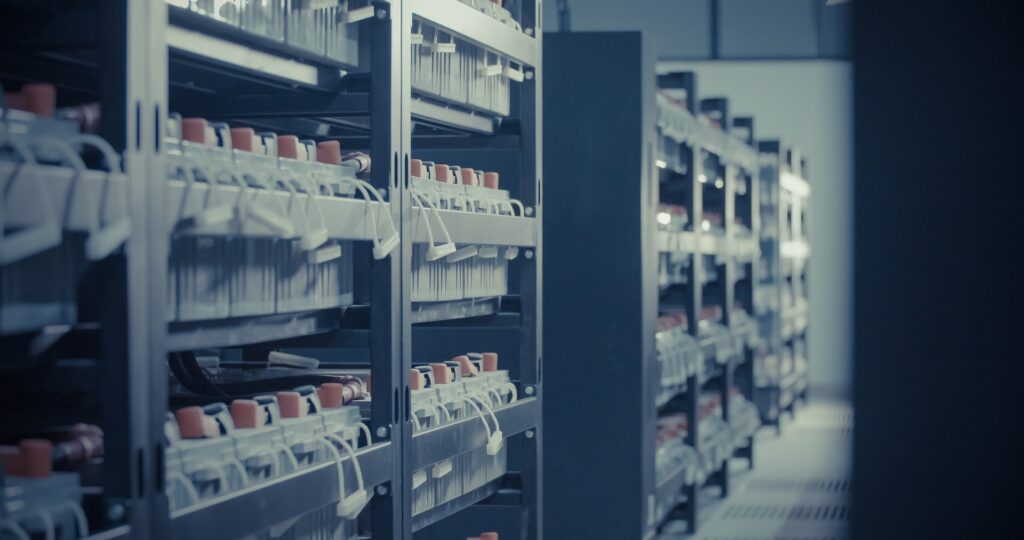The Baltic Cable Case
What is Case C- 454/18 Baltic Cable v the EI of 11 March 2020 about? And why is this an interesting EU energy law case?
What is Case C- 454/18 Baltic Cable v the EI (the Swedish Regulator) of 11 March 2020 about?
What are the implications for other EU cross-border interconnectors?
And why is this an interesting EU energy law case?
The case deals with the application and interpretation of the 3rd package Electricity Regulation 714/2009 and its Article 16 (6), which regulates the use of congestion revenues that are obtained by allocating interconnector capacity to the market.
Interconnectors can be classified into two types: interconnectors owned by a Transmission System Operator as part of a larger transmission system (“regular TSO”), where the costs of the interconnector are passed on to network users, and interconnectors owned by a so-called “Single Interconnector Company” without network users. Baltic Cable falls into the latter category.
Baltic Cable’s sole source of income are congestion revenues. Congestion revenues are determined from the market coupling procedure by which the capacity of the Baltic Cable is made available to market participants.
However, Art 16(6) does not seem to take the position of Single Interconnector Companies into account – and this presented a dilemma for the Swedish regulator. Could the national regulatory authority (NRA) legitimately require Baltic Cable to keep all its income on a special ‘ escrow’ account, eventually putting it into bankruptcy? Or did the Regulation allow scope for an interpretation that would recognise that Baltic Cable could use some of its congestion revenue to make a reasonable return?
This is an important ruling as the Court recognises that a ‘one size fits all’ interpretation and application of the Regulation would lead to discrimination against single interconnector companies. If these types of companies could not earn a reasonable profit this would put the EU’s targets for better interconnection between the Member States into jeopardy.
For a more in-depth account of the case, check out our long-form podcast with Leigh Hancher here. Interested in more? You can access our full portfolio of energy law and policy discussions through our podcast series, which is openly accessible here.






